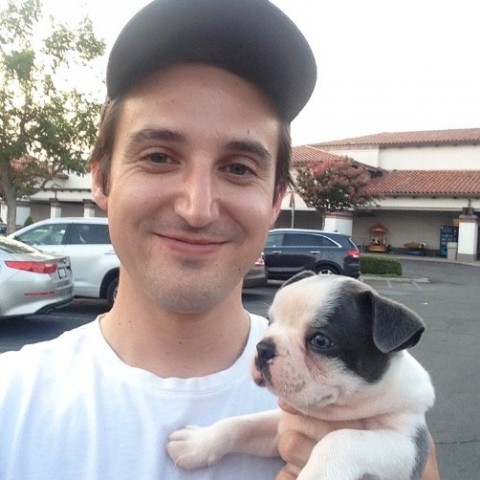This is the position that most people will be familiar with, and has absolutely TONS of ways to leverage affiliate links. The disadvantage is that not all readers will make it to the end of the page. The advantage is that the readers that do make there are interested in what you are saying and can be influenced by your recommendations!
Writing effective sales copy can be a challenge, and may require some tweaking. If your 'end of the page' sales aren't doing well right now, try some different strategies and see what works for your. Experimentation is kind of part of the job description :)
Tip #1: The biggest reason I see causing people to not make sales is simply not enough traffic. Check your traffic stats for your money pages. Low traffic just means you don't have a lot of data to work with, which makes your job hard. If you have low traffic coming to a money page, try to drive traffic to it from other sources, namely internal links from other other blog posts.

Tip #2: Check "time on page" in Google analytics for your money page. See how long people are staying on the page. You might find that they are leaving before they finish reading, which is why your affiliate link at the bottom isn't performing well. You can either add an affiliate link in the middle of article (described in previous lesson), or figure out why people are leaving before the end of the page and incentivize them to stay longer.

Buttons, Text Links, Images
Links: The easiest way to add an affiliate link at the end of your page is simply create a link! Text links tend to get more clicks because people naturally want to click them and they are obviously clickable. Also, on mobile devices, there's no "hover" feature like in desktop. The challenge of images and buttons with affiliate links is that sometimes they are not obviously clickable and users might overlook them on phones or tablets.
Buttons: Interactive buttons can be created using various plugins like Thrive Content Builder (paid) or Elegant Themes Shortcode plugin (paid). These are probably more effective than just creating an image that looks like a button, but that is also something I've tried and gotten results. Here's a training on how to create a button style image.
Images: Linked Images of the product will also get clicks and sales. In my experience, these get fewer clicks, but they do get clicked. Just make sure that it's extremely relevant, most like an image of the product itself, because adding affiliate links to random images in hopes of snagging some accidental sales is not a good business strategy
Independent Links VS Contextual Links
Another thing to consider is how you want to present your link. You can make a completely separate link, in a more promotion style like I did for my craft beer glass set review.

Or, you can do something more contextual, like I did for my Belgian beer glasses post. I happened to use the website name in this case, but any phrase that indicates when the reader clicks it will take them to the product would work.

I don't actually know which one of these styles converts better, so you will (yeah, again), see what works for you. If I'm doing an obvious promotion, I usually go with the previous example and make an obvious "buy now" style link. If I'm doing something more finessed, I try to make the transition for the buyer more smooth.











